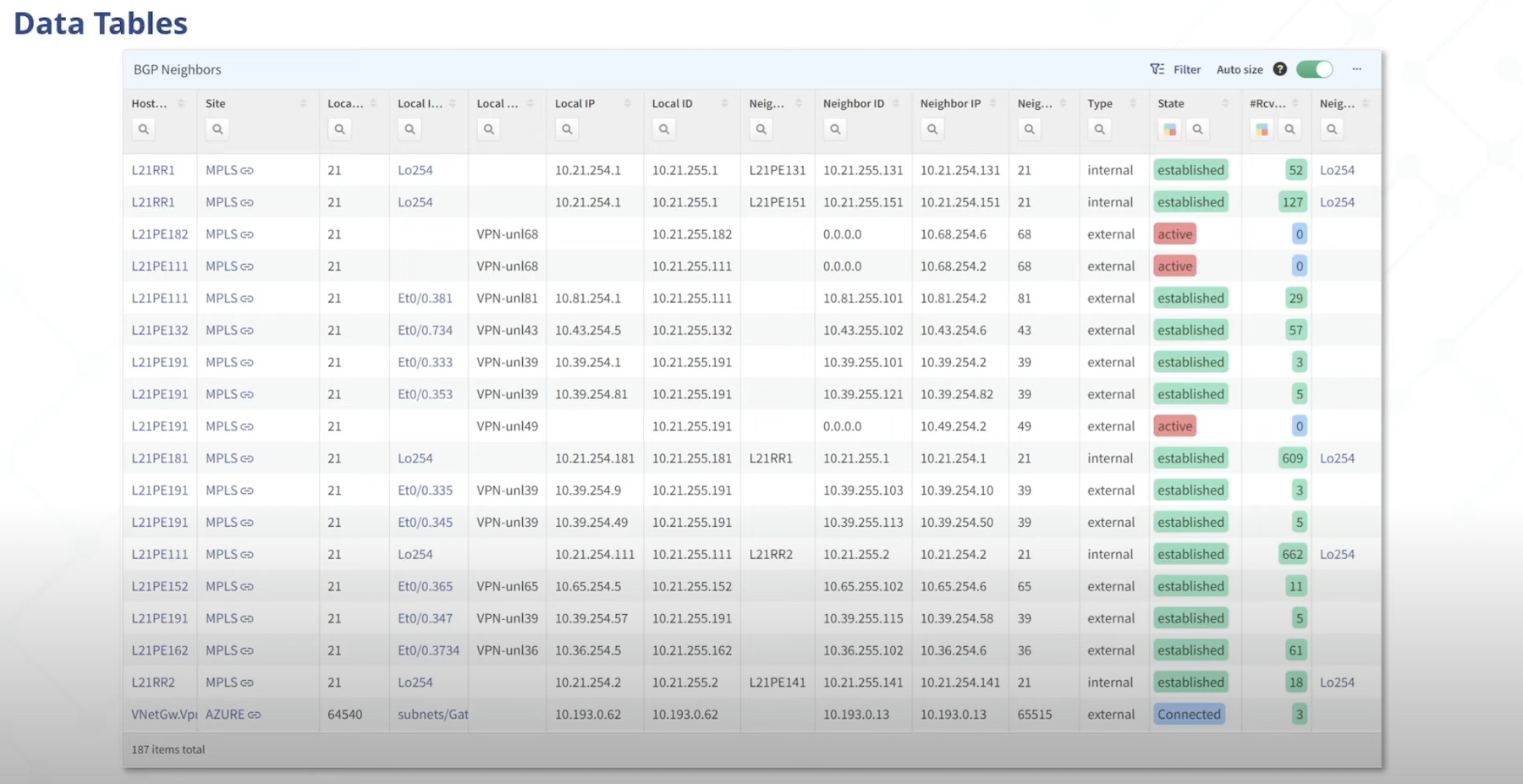Building a network fabric is not a weekend job to do because you’re bored. It’s something that takes planning and purchasing of a lot of equipment. It requires a lot of installation and configuration work. It’s something that you should definitely be proud of after you finish configuration and installation. And it’s absolutely something you want to work properly for a long time to come.
But how do you properly manage a fabric? You could monitor the individual switches with a traditional monitoring platform, but that doesn’t give you much visibility into the operation of the actual fabric itself. It’s not unlike missing the forest because you’re counting the leaves on the trees. You need a platform that is aware of the entire system that is being monitored and how best to use that data to keep the fabric operating at peak performance.

Network Insights for Resources
If you happen to have a fabric built with Cisco Nexus switches, you have an option to use a Cisco platform to help you keep your fabric in tip-top shape. Cisco Network Insights is the platform you can subscribe to in order to pull fabric telemetry data from hardware and software and put it all into one place where you can keep an eye on what needs to be monitored. It also helps you figure out what the next steps are when the fabric is in need of updates.
Cisco was kind enough to show off Network Insights during Networking Field Day 21 late last year in this video:
One thing that Network Insights takes care of that is critical for modern fabric operations is getting you data from outside the system. You may have a great configuration database or a wonderful system for keeping your change controls in place. But how do you handle new bugs in the code? Or what versions of code are running on your switches? Can you match up the security holes that have just been released to devices in production and create a plan to mitigate it all?
If you’ve built a platform to do that already then you are far ahead of the game. But if you’re still in the early phases of getting your fabric built out you need to consider the challenges you will face when it comes to correlating all that data. It can be a full-time job doing nothing but keeping up with end-of-life notifications and creating plans to put those new devices in place. And the bigger the fabric grows, the bigger the challenge it becomes to do all that work in a manner that is timely enough to avoid exposing you to potential threats or business-stopping bugs.
Cisco Network Insights Advisor (NIA) is a great way to visualize all that data in one place. Instead of hunting through rows of data or scanning security vulnerability releases to find the affected code levels or model numbers, Cisco NIA can simply pull in the data that is released on the Cisco website and filter out that which isn’t needed or applicable. And because no data is ever transmitted back to Cisco you don’t have to worry about any potential leaks of configuration data and the like.
One last thing that NIA can help you with is the inevitable data collection that you need to do if you ever have to open a support case with Cisco. Anyone that has ever opened a TAC case knows the headache of trying to pull all the right data and present it in a format that TAC likes. I’ve mistakenly piped the output of a show tech command to the screen instead of a text file before. And the amount of time it takes to spray that information to the screen was more than enough to remind me not to do that.
With NIA, you can collect the data and get it ready to ship to TAC when you run into an issue. Because NIA works with Network Insights to collect the data all across the system you can provide any piece of information that Cisco might need to solve your bug or get you a code version that patches out a problem. No fuss and no freak outs trying to get the information you need to get something fixed yesterday.
Bringing It All Together
Platforms like Cisco Network Insights become necessary because the more complicated you make your fabric the more you need a system hooked into it to tell you how things look and what you do to fix it. Think of a tool like NIA as a support tech dedicated to doing nothing but update you on what the latest issues are that could affect things and how you can mitigate or remove those problems. And for the times when you can do neither, NIA can help you get your ducks in a row when you need to call TAC. It’s included as part of the ACI Premier license and it’s something you totally should investigate when you’re ready to take your fabric management to a new level.




